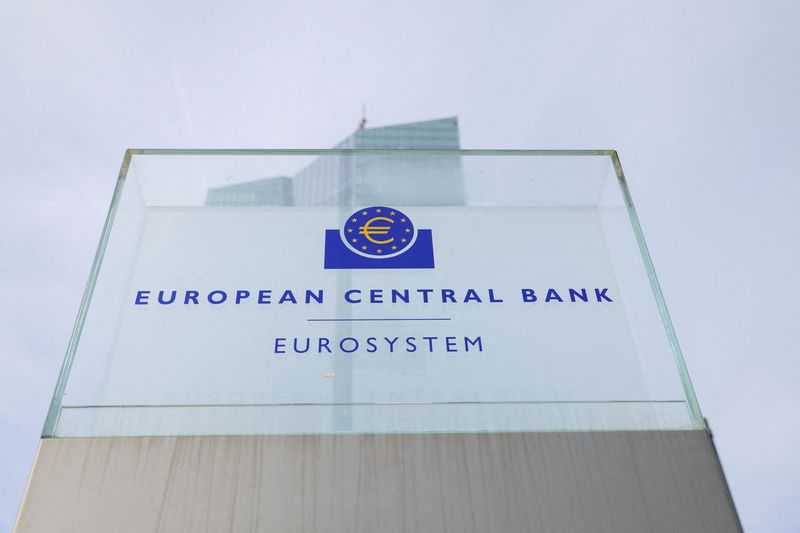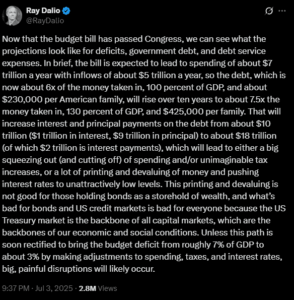
The European Central Bank (ECB) should consider adopting a mildly supportive monetary policy stance in response to the ongoing challenges of low economic growth and inflation, according to Pierre Wunsch, a member of the ECB’s Governing Council. Wunsch’s comments come at a critical time as the Eurozone grapples with sluggish economic indicators and subdued price pressures.
Wunsch, who also serves as the governor of the National Bank of Belgium, emphasized the need for the ECB to remain vigilant and flexible in its approach to monetary policy. “We should be open to supporting the economy if necessary, given the current low growth and inflation environment,” Wunsch stated during a recent financial forum.
Current Economic Landscape
The Eurozone has been facing persistent economic headwinds, with growth rates remaining below expectations. Recent data indicates that economic expansion has been tepid, and inflation levels continue to fall short of the ECB’s target of just under 2%. This scenario has prompted calls for a reassessment of the central bank’s policy measures.
According to Eurostat, the statistical office of the European Union, the inflation rate in the Eurozone was recorded at 1.2% in September, a figure that underscores the challenge of achieving the ECB’s inflation target. The low inflation environment is compounded by geopolitical uncertainties and trade tensions, which have further dampened economic prospects.
Historical Context and Policy Options
The ECB has previously implemented a range of policy tools to stimulate the economy, including negative interest rates and a massive bond-buying program. These measures were designed to encourage lending and investment, thereby boosting economic activity. However, the effectiveness of these tools has been a subject of debate among economists and policymakers.
In the past, the ECB’s aggressive monetary easing helped stabilize the Eurozone during the sovereign debt crisis. Yet, the current economic situation presents a different set of challenges, with structural factors such as demographic changes and technological advancements influencing growth and inflation dynamics.
Expert Opinions
Economists are divided on the best course of action for the ECB. Some argue that further monetary easing is necessary to prevent a prolonged period of low inflation and stagnation. Others caution against over-reliance on monetary policy, suggesting that structural reforms and fiscal measures are needed to address underlying economic issues.
Carsten Brzeski, Chief Economist at ING Germany, noted, “The ECB has limited room for maneuver, and it is crucial to balance monetary policy with other economic policies to achieve sustainable growth.”
Implications for the Future
The debate over the ECB’s policy stance has significant implications for the Eurozone’s economic trajectory. A supportive monetary policy could provide a temporary boost to growth and inflation, but it may also lead to potential side effects, such as asset bubbles and financial instability.
Meanwhile, policymakers must consider the long-term sustainability of their actions. As Wunsch highlighted, “We must be cautious not to overextend our measures, as this could create new challenges down the line.”
Looking ahead, the ECB’s decision-making will be closely watched by markets and stakeholders. The central bank’s ability to navigate the complex economic landscape will be crucial in determining the Eurozone’s path to recovery.
As the ECB prepares for its upcoming policy meetings, the focus will be on balancing short-term economic support with long-term stability. The central bank’s actions will not only impact the Eurozone but also influence global economic trends.
In conclusion, the call for a mildly supportive stance reflects the ongoing challenges facing the Eurozone. As the ECB weighs its options, the need for a coordinated approach that incorporates both monetary and fiscal measures becomes increasingly clear.






